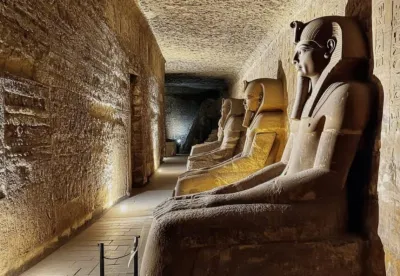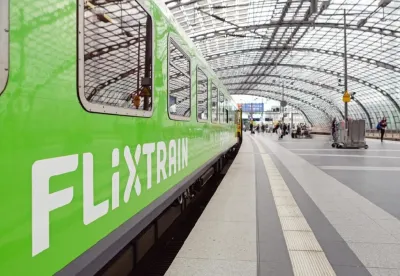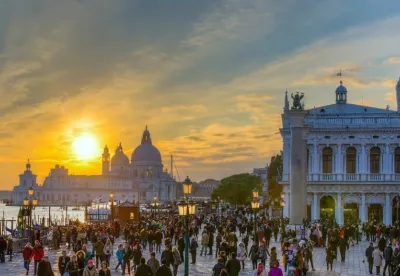The Lost City of Machu Picchu is without doubt the most recognizable symbol of Inca Civilization for Peruvians as well as for the international visitor. "The Inca Trail", as it is known now, was the Royal Highway that led pilgrims and officials of the Empire to the Sacred City of the Incas.
Unique Ecosystem
Hiking the Inca Trail is a highly rewarding holiday choice! It is the best of its kind in the world, due to its exquisite natural beauty and unforgettable views offering a wide variety of ecological areas, from deserts to tropical Andean cloud forest; home to exotic plants and animal life. On the Inca Trail, there are over 250 known species of orchids, and in the different ecosystems, numerous rare birds, animals, and reptiles including several species considered to be in danger of extinction.
{%C2,3,4%}
Walking the ancient Inca Trail gives you the opportunity to visit Inca buildings undiscovered by the Spanish Empire, giving you the feeling that you are the first to come across them. Walking this Andean highway is a truly fascinating and unforgettable experience. The Trail is paved with blocks of stone – it has stone stairways, tunnels and wooden bridges. It crosses rivers, streams, temperate valleys, warm cloud forests and cold highlands.
Witnessing and experiencing all this wonder make the traveler to marvel at the intellectual and spiritual grandeur of Andean man, whose highest achievement was Inca civilization.
Inca Highways
The Inca Trail is part of a 30,000 kilometer highway system, that integrated the vast Inca Empire of Tawantinsuyo (The Four Ways), running from southern Colombia to central Chile passing through the cities of Quito in Ecuador; Cajamarca, Huanuco, Jauja, Huamanga and Cusco in Peru; La Paz and Cochabamba in Bolivia; and finishing in Salta and Tucuman in Argentina. These highways run mainly by the coast, through the Highlands and in some cases reached the tropical mountains near the Amazon forest. The Inca Trail to Machu Picchu is a fine example of this last type of highway.
Following the footsteps of the original Incas, on one of the most accessible treks in the region, the Inca Trail to the enigmatic Machu Picchu, The Lost City of the Incas, is one of the greatest adventures you are ever likely to have nowadays.
Inca Trail Trekking Regulations
Six years ago the Peruvian Government proposed many changes to the administration of the Inca Trail in a bid to protect its fragile eco-structure from over-use. Most of these proposals have been aimed at reducing the number of trekkers on the trail, improving the quality of the tour operators and offering a reservation system whereby trekkers will be forced to make their reservations many weeks (even months) in advance.
Some of the proposals were introduced slowly throughout 2003 and 2004 but the Government started to enforce the majority of the regulations more strictly in 2005. Further regulations were introduced at the beginning of 2006 with the main aim improving porter welfare. All trekking companies that operate the Inca Trail must have an operating license which is issued at the beginning of each year.
{%C5,6%}
By Axel Tippe









